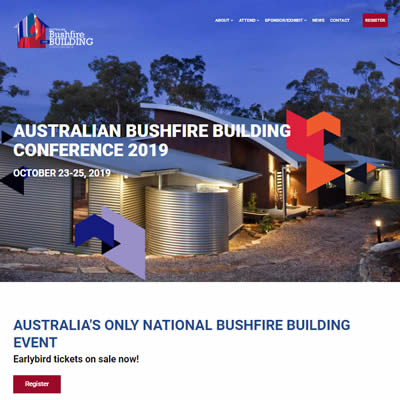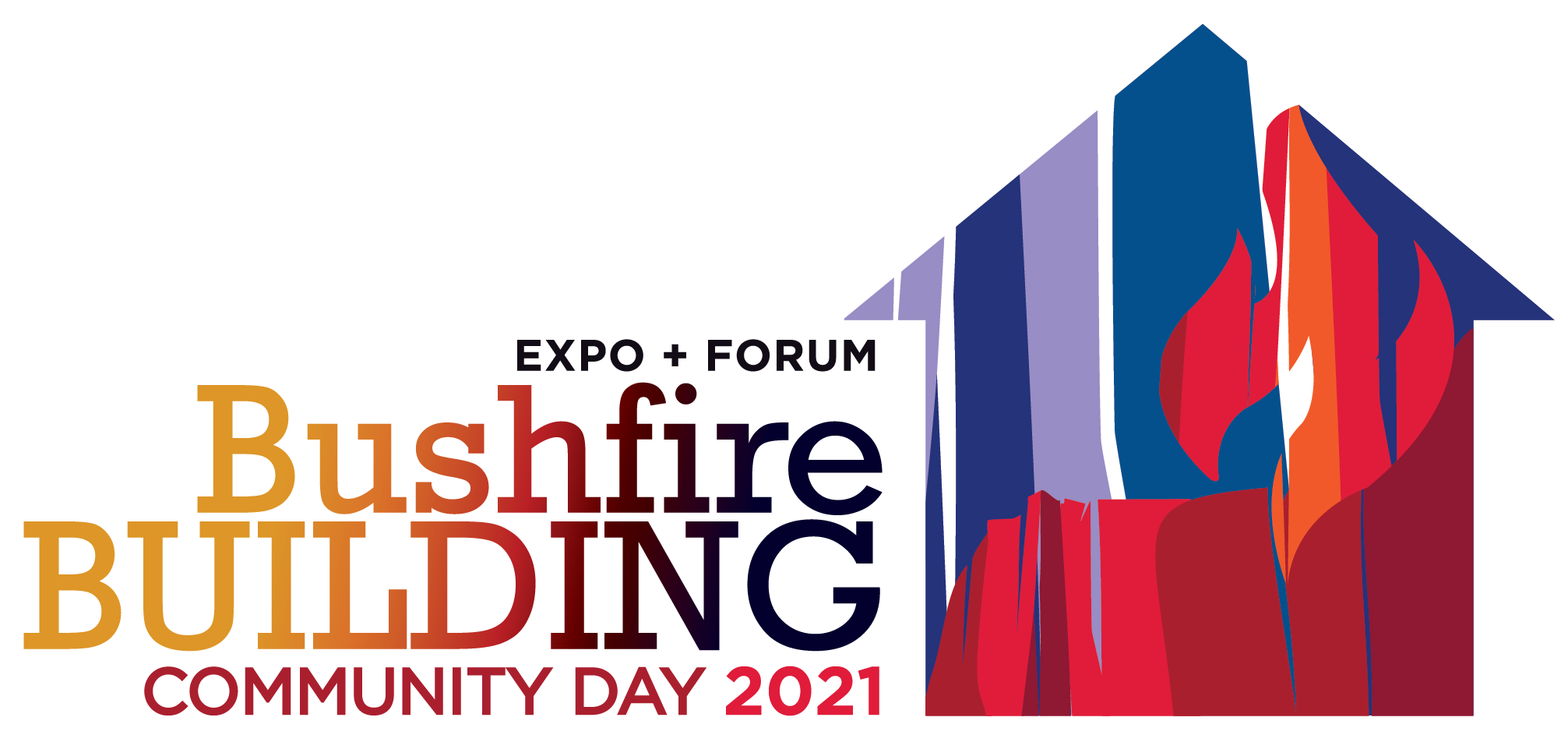
Click to visit Bushfire Conference website for full Conference details and to register online.


Blue Mountains Economic Enterprise (BMEE) is gaining national recognition as a leader in economic development, winning two major awards in one week.